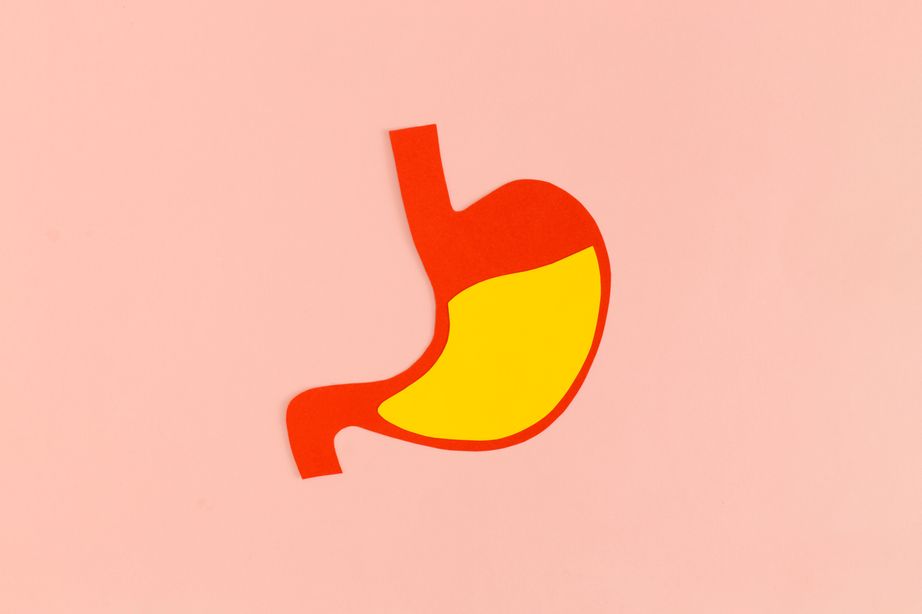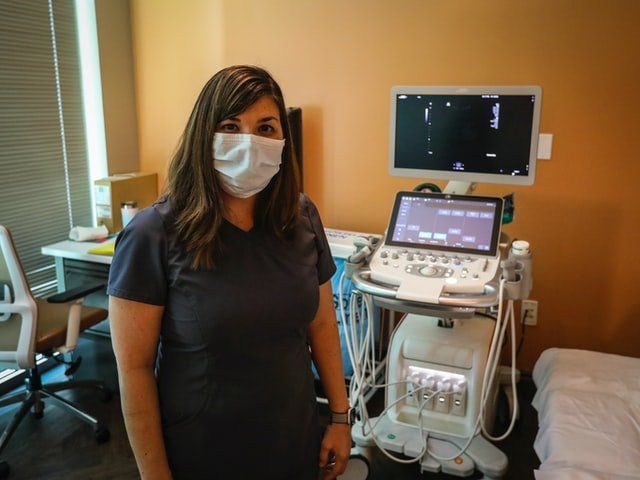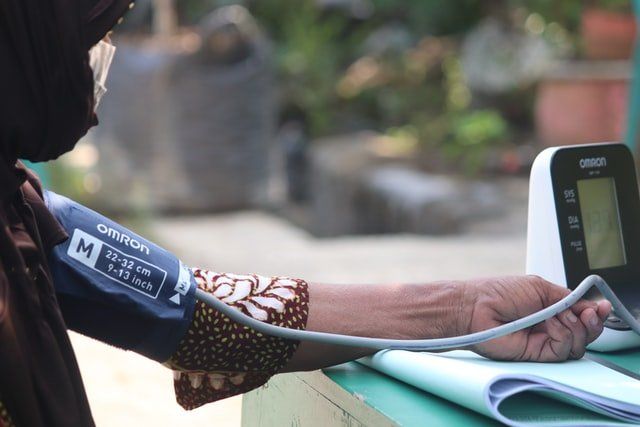Determining the Causes and Symptoms of Barrett’s Esophagus
Barrett’s esophagus is a disorder in which acid reflux damages the flat pink lining of the esophagus or the swallowing tube that connects the mouth to the stomach, causing it to thicken and turn red.
To explain further, the lower esophageal sphincter (LES) is a vital valve that connects the esophagus with the stomach. The LES can collapse over time, causing acid and chemical damage to the esophagus, a condition known as gastroesophageal reflux disease (GERD). Barrett’s esophagus is a condition caused by a change in the cells lining the lower esophagus in some individuals.
Barrett’s esophagus is linked to a higher risk of esophageal cancer development. Despite the low risk of esophageal cancer, it’s critical to undergo regular exams that include meticulous imaging and extensive biopsies. These procedures are necessary to look for precancerous cells—also known as dysplasia.
Read on to know more about Barrett’s esophagus, its symptoms, and ways in how it can be treated.
Determining Symptoms
Barrett’s esophagus is most commonly caused by long-term GERD, which might involve heartburn and reflux of stomach contents on a regular basis. There’s also difficulty in swallowing food and sometimes chest pain.
Around half of those diagnosed with Barrett’s esophagus have little or no acid reflux symptoms, so it’s important to talk to your doctor about your digestive health and the likelihood of Barrett’s esophagus.
Consulting a Doctor
If you’ve had heartburn, regurgitation, or acid reflux for more than five years, consult your doctor about the possibility of Barrett’s esophagus.
Most importantly, seek quick assistance if you experience chest pain, which could be a sign of a heart attack. You also have to call immediate medical assistance if you have trouble with the following:
- swallowing
- unintentionally losing weight
- passing black, tarry, or bloody stools
- vomiting red blood(or blood that looks like coffee grounds)
Receiving a Diagnosis
Barrett’s esophagus is diagnosed through an endoscopy. This process requires an endoscope to be passed down your throat to check for evidence of esophageal tissue change. Esophageal tissue that is healthy appears pale and shiny. Barrett’s esophagus tissue is reddish-velvety in appearance.
Your doctor will take a biopsy of the tissue in your esophagus, and the degree of change can be determined by examining the biopsied tissue.
Figuring Out the Degree of Tissue Change
The degree of dysplasia in your esophageal cells is determined by a pathologist, a doctor who specializes in examining tissue in a laboratory. Because esophageal dysplasia can be difficult to diagnose, it’s best to have two pathologists agree on your diagnosis—at least one of whom specializes in gastroenterology pathology. Your tissue could fall into one of the following categories:
- If Barrett’s esophagus is present but no precancerous changes in the cells, there is no dysplasia.
- When cells exhibit minor precancerous changes, then it’s classified as low-grade dysplasia.
- If there are numerous changes in the cells, it is called high-grade dysplasia. The final phase before cells transform into esophageal cancer is assumed to be high-grade dysplasia.
Conclusion
According to the American College of Gastroenterology, Barrett’s esophagus screening may be advised for males who have three conditions. If they have had GERD symptoms for at least a week, don’t react to proton pump inhibitor therapy, and have at least two additional risk factors, it’s best to seek screening immediately. In contrast, women are statistically less prone to develop Barrett’s esophagus. However, they should be tested if they have uncontrolled reflux or other Barrett’s esophagus risk factors.
If you believe you have Barrett’s esophagus metaplasia, don’t hesitate to go to Michel Kahaleh Gastroenterologist, the
top gastroenterologist in New Jersey. Dr. Michel Kahaleh is a world-renowned endoscopist and gastroenterologist who has pioneered interventional endoscopy. With his extensive experience, he can perform a variety of endoscopic procedures. Set up a consultation with us today!










